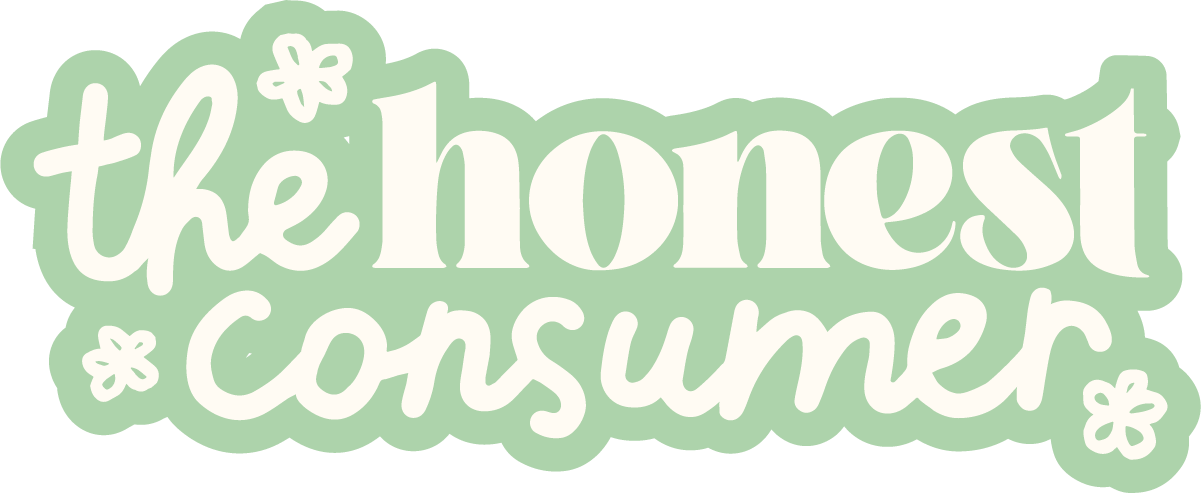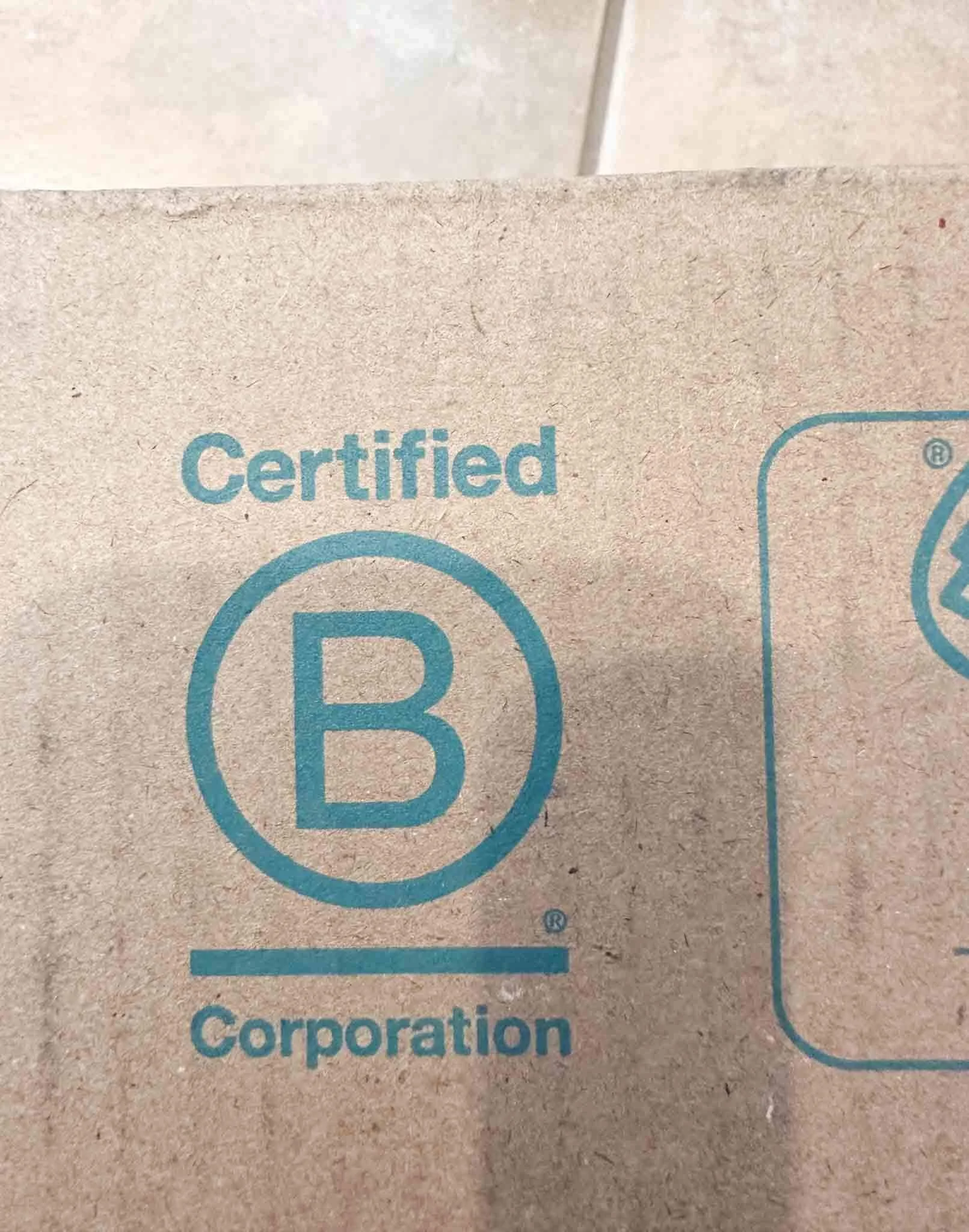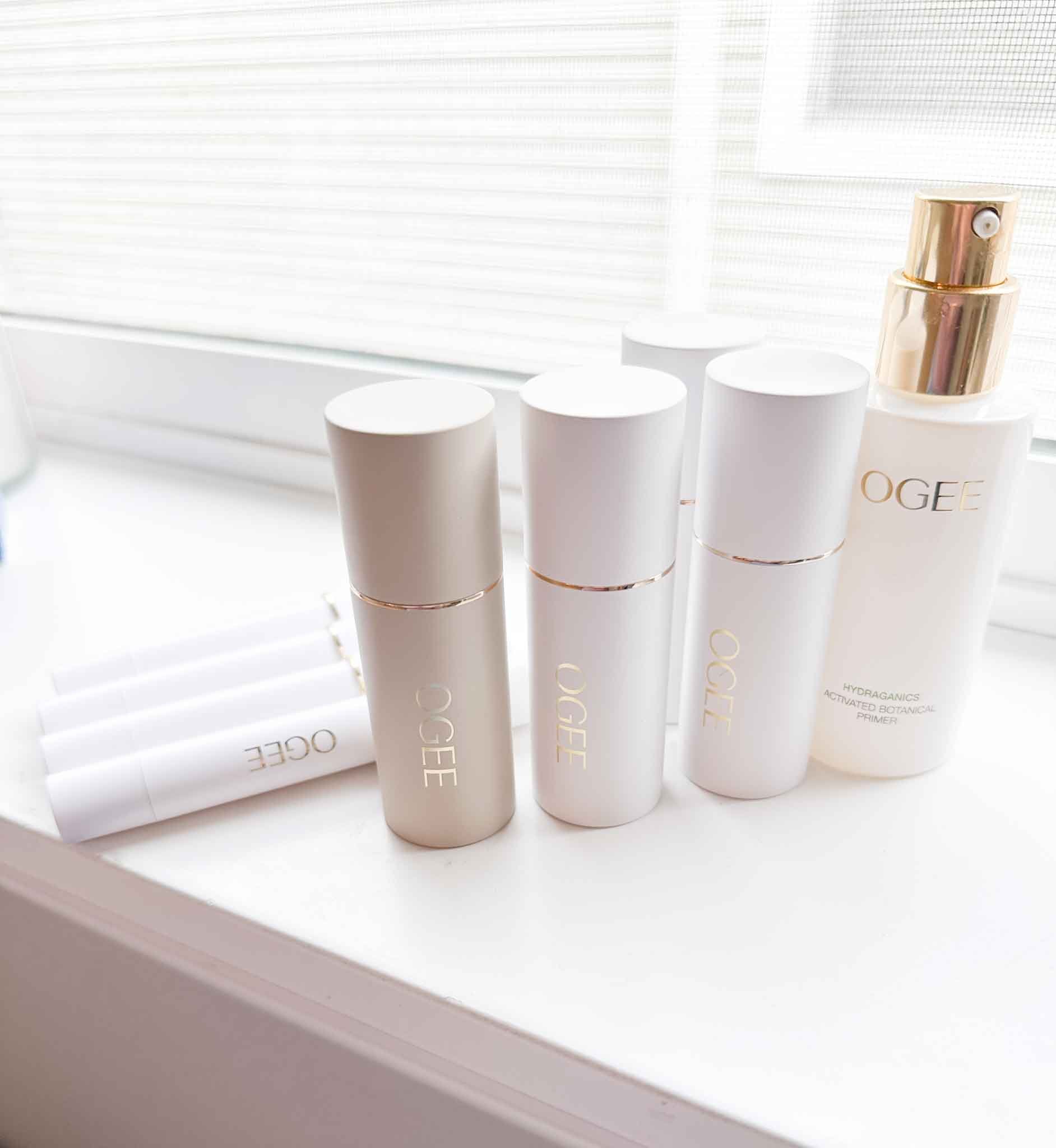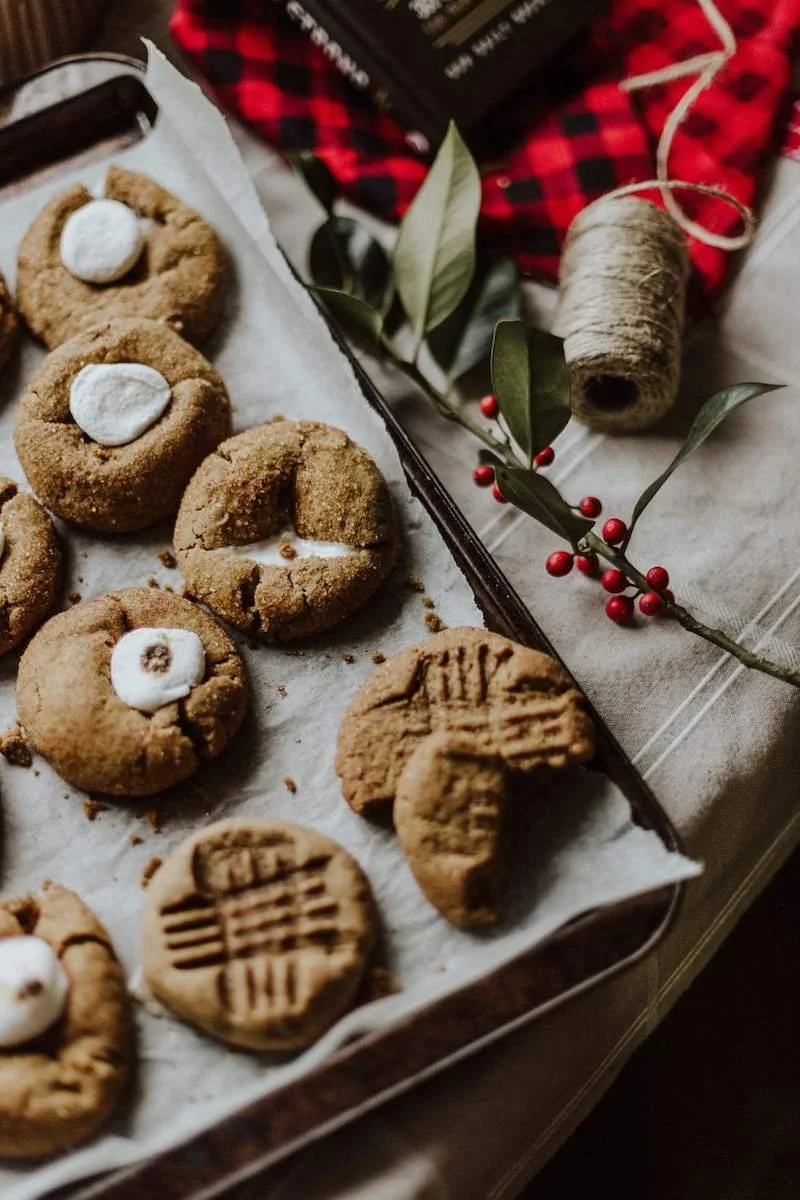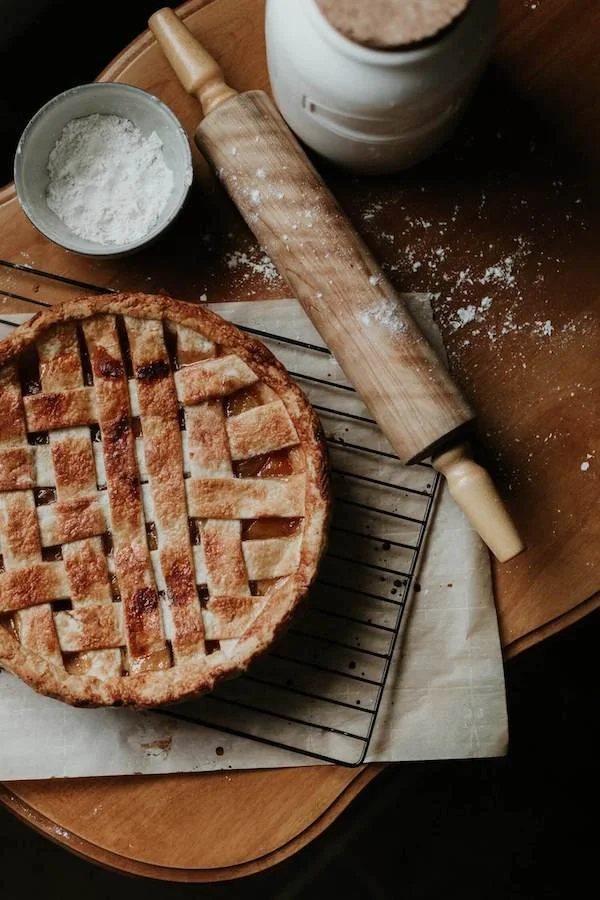What is Fair Trade? Exploring Certifications and Ethical Practices
While shopping in stores or online, you’ve probably often come across the term “fair trade.” Whether it’s coffee, clothes, jewelry, food, or flowers, there are many products that carry this label. But what does it actually mean? This guide explores the different certification types and ethical practices used.
Products marked with a fair trade seal have undergone a certification process that ensures certain social and environmental standards have been met during the sourcing and production of that product.
The fair trade movement started as a means of seeking greater equity in international trade, setting minimum prices for goods that would ensure farmers, workers, and producers receive a price that enables sufficient quality of living, particularly when it comes to smaller sellers and those in the Global South.
These minimum prices are often higher than the market price, but this not only ensures fair wages and the equitable distribution of profits, it also helps prevent forced and child labor.
Although it can sometimes lead to an end-product with a higher price tag, the rise of conscious consumerism shows that people are willing to pay more if they perceive a product as being more responsible.
The sad reality is that such certification processes are required because so many industries – whether they be coffee, chocolate, or fashion – are rife with ethical violations and environmental destruction.
This can cover any number of issues from working with toxic chemicals that adversely affect humans and the environment to slave labor.
The fair trade movement works to ensure ethical and environmental standards are set and met to prevent these issues. Ethical standards include fair wages, safe working conditions, and sustainable supply chains.
Environmental standards include the reduction of greenhouse gas emissions, protecting biodiversity, and limiting pollution.
Similarly to words like “green” or “sustainable”, the term fair trade is not regulated, but there are organizations and certifications that provide a framework for establishing criteria and standards that need to be met to receive a literal seal of approval that gives consumers assurance on ethical and sustainable trade compliance.
Pin these fair trade labels for later
What’s the Different in Fair Trade Labels?
However, how the term “fair trade” appears on a product can mean different things.
You may have seen fair trade written as two words (fair trade), one word (Fairtrade), or capitalized (Fair Trade). “Fair trade” is the general term applied to the movement, but the latter two are owned by fair trade organizations.
While the term “fair trade” may not be officially regulated, the other two are registered certification labels, and not just anyone can slap them onto their products. Fairtrade, as one word, is trademarked by Fair Trade International.
This organization focuses on improving trade through fair prices and deals for farmers in the global South, as well as better working conditions. They have a network of Fairtrade organizations in different countries across the world.
Focusing similarly on improving working conditions and fair pay is Fair Trade USA, the organization referred to when you see Fair Trade or Fair Trade Certified seals.
Fair Trade Certified label on my clothing
They used to be part of Fairtrade International until they broke away in 2011 to focus instead on extending their remit to include large farms and plantations.
As a result, Fairtrade America was born in 2013 as Fairtrade International’s organization for the US market.
There are many other fair trade organizations – such as Fair for Life, which focuses on establishing strong supply chains throughout their certification program for agriculture, manufacturing, and trade.
To attain certification, businesses apply with an organization that then carries out assessments, according to certain criteria and standards, via on-site audits conducted by third parties.
These certification bodies vary from one organization to the next. Fairtrade International uses FLOCERT as their third party inspector, while Fair for Life uses the Institute for Marketecology (IMO).
Fair Trade USA works with SCS Global Services, but also accepts producers who already have FLOCERT certifications. Once certification is received, standards need to be maintained.
This may involve the regular submission of reports, as well as continued inspection and monitoring.
While there are businesses that add the generic term “fair trade” onto their products, there is no verification process in place by a third party that holds them accountable to the movement’s standards and principles.
Besides the benefit of ensuring fair treatment and environmental protection, fair trade certification can lead to innovation as farmers, producers, and businesses seek new (or even older, traditional) production methods that are more sustainable.
This can go a long way to not only ensure a fair livelihood for local people, but for the environment around them to thrive.
Within organizations, this extra step may be emphasized in aspects such as trade premiums in Fairtrade International and Fair Trade USA.
These premiums go above and beyond looking after workers, as it seeks to invest in community development, such as building schools and clinics.
Fair for Life has a complementary certification, called For Life, that focuses on promoting corporate social responsibility.
The fair trade movement is popularly associated with coffee but has expanded to include many different products, from clothes and jewelry to food and wine.
Fair Trade USA
Fair Trade USA was started after founder Paul Rice’s experience with Nicaraguan coffee farmers, but today it assesses many more products.
Besides coffee, they also assess tea, chocolate, honey, seafood, sugar, wine, clothing, furniture, skincare, and makeup, amongst many others. It’s also important to note that Fairtrade International and Fair Trade USA do not certify businesses or brands.
World Fair Trade Organization
Each product must be individually assessed.
The World Fair Trade Organization (WFTO), however, assesses the entirety of a business: from its structure and business model to its operations and supply chain.
Fair Trade Federation
The same is the case with the Fair Trade Federation, a community of verified American and Canadian businesses dedicated to holistic fair trade.
Fair Trade Certifications Are Not Perfect
However, as with many things, there are loopholes in the process and the fair trade movement often comes under fire. So don’t assume that just because you see a fair trade label, that the product is perfect.
A fair trade label could mean that the entire product is fair trade, but it could also refer to only one ingredient or facility. Products that are 100% fair trade are usually single-ingredient products like coffee, tea, or bananas.
Fairtrade cotton label on my t-shirt
If a product is only partly fair trade, you might see a label that says “made with fair trade ingredients”.
Herein lies the benefit of there being so many fair trade organizations.
Although it can get complicated and confusing, the abundance of organizations diversifies the process, allowing different organizations to specialize in certain industries or goals, while eliminating risk by not holding different industries or countries accountable to one homogenous process that does not take local distinctions into account.
Furthermore, just because a product does not have a fair trade seal, does not mean it is not sustainable or ethical.
Read our post The Importance of Looking Beyond Fair Trade for more on this.
Attaining certification can be time-consuming and costly, and there are businesses unable to attain certification, even if they meet all the requirements.
Share Pin with Fair Trade Friends
That’s why, regardless of whether or not you see the seal, you should ask questions of brands and businesses and investigate further to find out whether they are meeting the requisite ethical and environmental standards.
MEET THE AUTHOR
Claudia Hauter is a South African writer, copy editor, and content creator with degrees in Drama and Anthropology. She works in television managing web content. When she isn’t reading or writing, she’s walking her dog, finding small businesses and markets to support, or attracting butterflies and bees with her vegetable garden. Learn from Claudia on Twitter or Instagram.
For more ethical & sustainable tips be sure to explore more conscious lifestyle blog posts, follow The Honest Consumer on social media, subscribe to our newsletter, & check out the Ethical & Sustainable Brand Directory.
